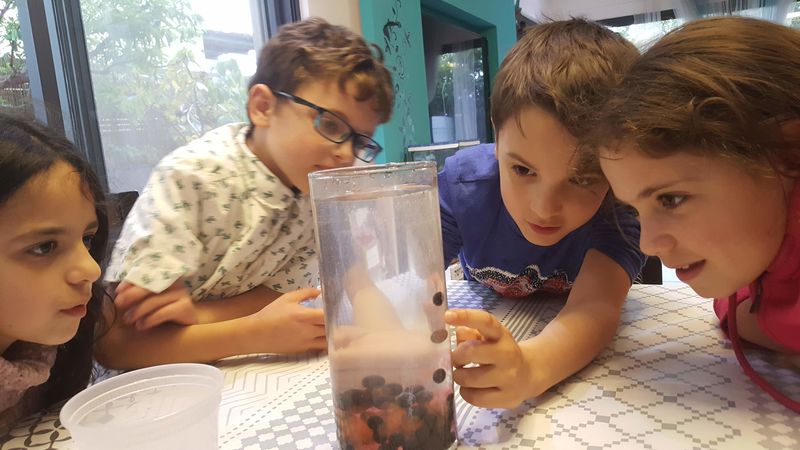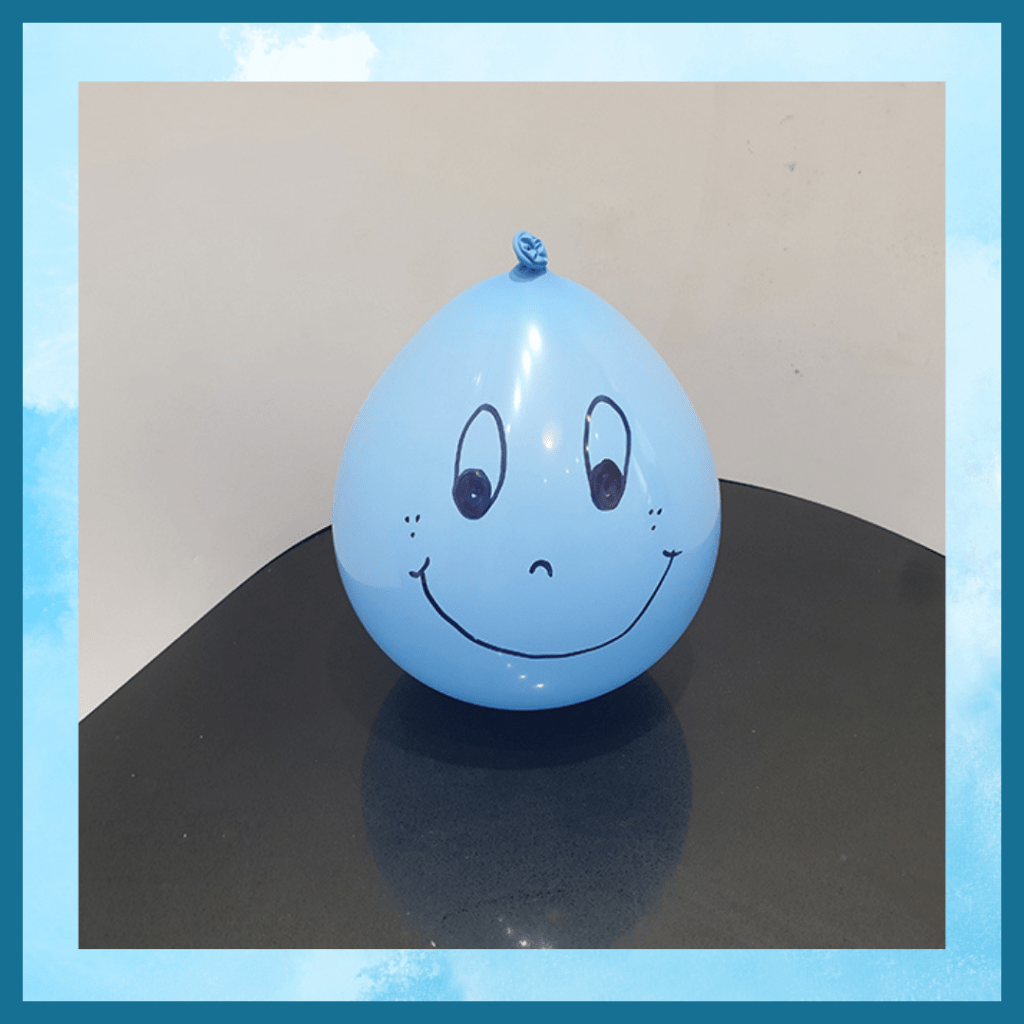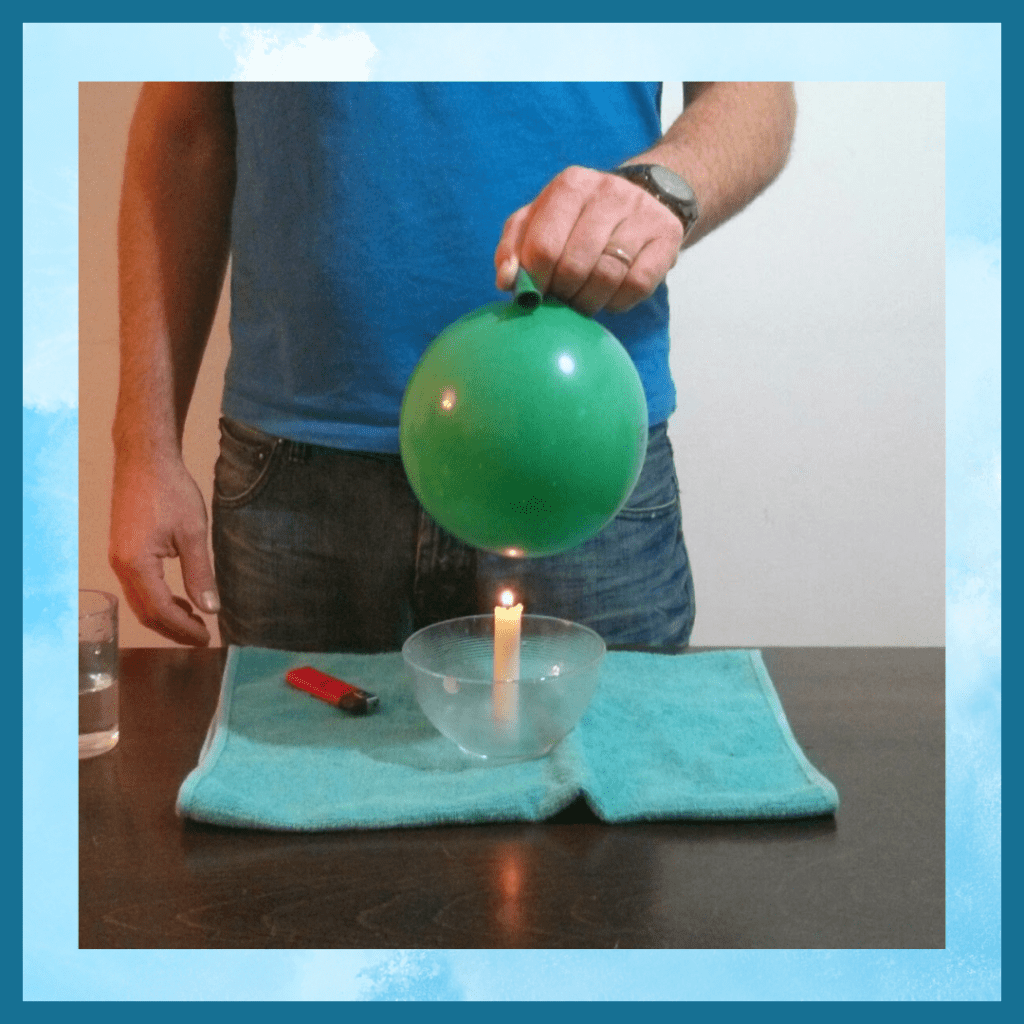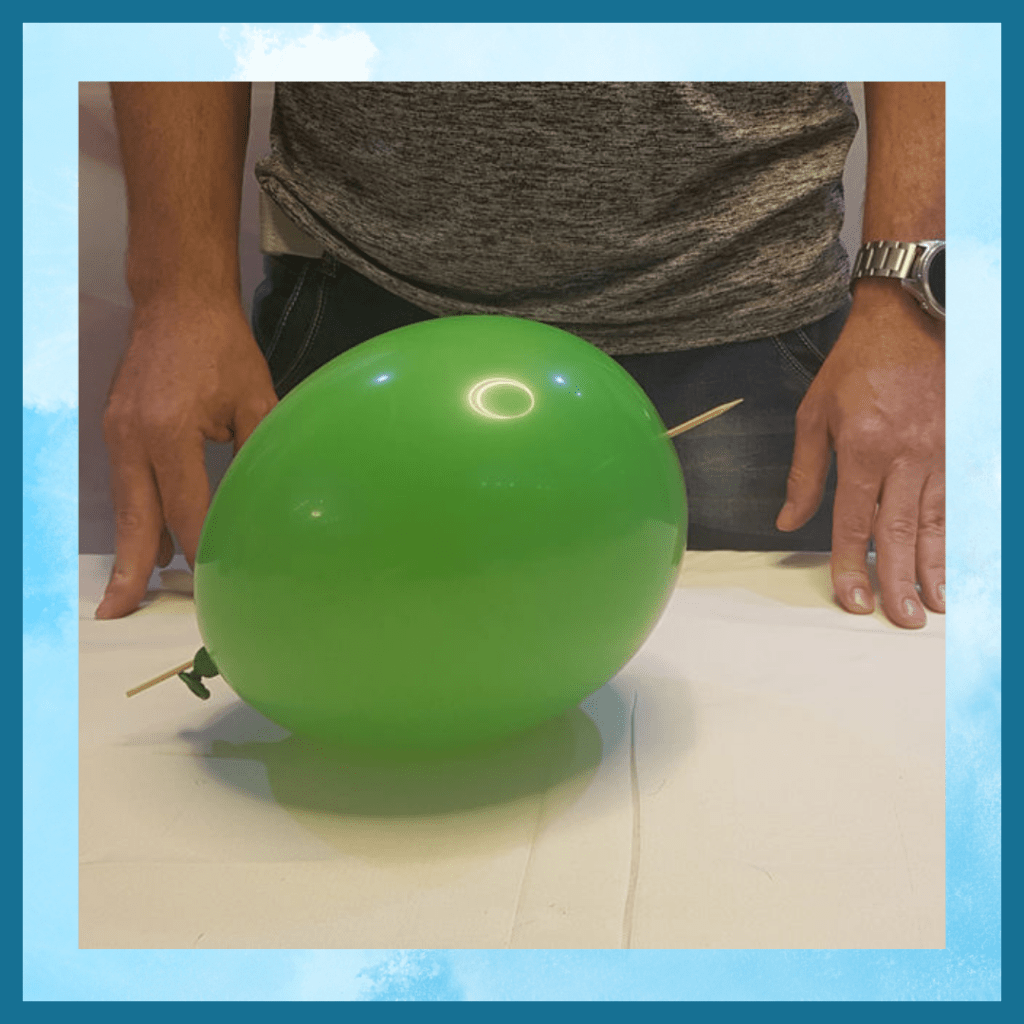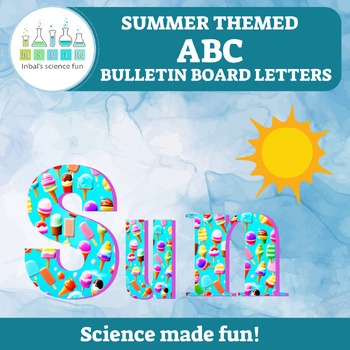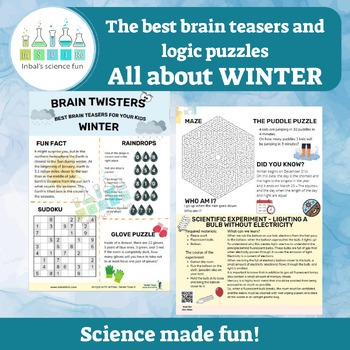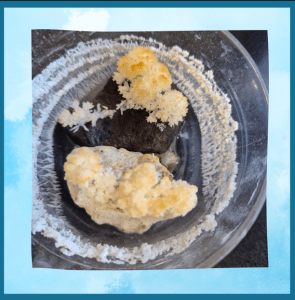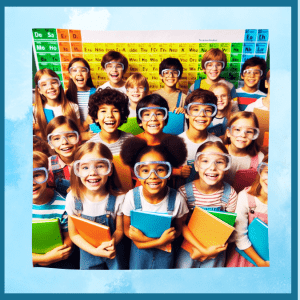Albedo in Action: Balloon Pop Test
Can you make only the black balloon pop?
In this experiment, you place a black balloon inside a white balloon and use a magnifying glass to focus sunlight on the balloons. The black balloon pops first because it absorbs more heat from the concentrated sunlight.
Materials:
- A black balloon
- A clear balloon
- Magnifying glass
- A sunny day
What to do?
Insert the black balloon inside the clear balloon
Blow up your balloons
Go out to the sun
Use a magnifying glass to center the sun on the clear balloon to see what happens
now center the sun on the black balloon.
What happens now?

How does this happen?
This experiment shows how different colors absorb and reflect sunlight. Black surfaces absorb more light and heat, while white surfaces reflect most of the sunlight.
When you use a magnifying glass to focus the sun’s rays into a small dot, you create a very hot spot. It’s so hot that it can start a fire! So, It’s no surprise that this intense heat pops a balloon, but why does only the black balloon pop?
The clear balloon is unaffected because most of the light and heat pass right through its surface. You’ve seen this with glass windows, clear drinking cups, or even eyeglasses. Light passes through these surfaces, and the same happens with the clear balloon.
The black balloon, however, absorbs almost all the light instead of reflecting it. This is why we see black as a color—it indicates that no light is being reflected. All the absorbed energy turns into heat. The heat makes the balloon material weaker until it can’t hold the air inside anymore. The pressure from the air inside causes the balloon to pop.
This experiment helps explain the concept of albedo, which is how much sunlight a surface reflects. Surfaces with high albedo, like ice and snow, reflect a lot of sunlight and stay cool. Surfaces with low albedo, like dark oceans or forests, absorb more sunlight and get warmer.
Environmental Impact:
Climate Change: – Ice and snow have high albedo and reflect a lot of sunlight, helping keep the Earth cool. When these areas melt due to global warming, less sunlight is reflected, and the Earth gets warmer.
Urban Heat Islands:
Cities often have dark surfaces like asphalt that absorb a lot of heat, making them hotter than rural areas. Using bright and reflective materials in cities can help keep them cooler.
Solar Energy Efficiency:
Solar panels are designed to absorb a lot of sunlight, similar to the black balloon. Understanding how different materials absorb and reflect sunlight can help improve solar energy systems.
By doing this experiment, students can see how different colors interact with sunlight. This helps them understand bigger environmental ideas like how ice helps keep the Earth cool and why cities can be hotter than the countryside.
Looking for more balloon experiments for kids? Check out
We’d love to showcase your creativity!
Share pictures of your experiments with us, and together, we can inspire young scientists everywhere!
